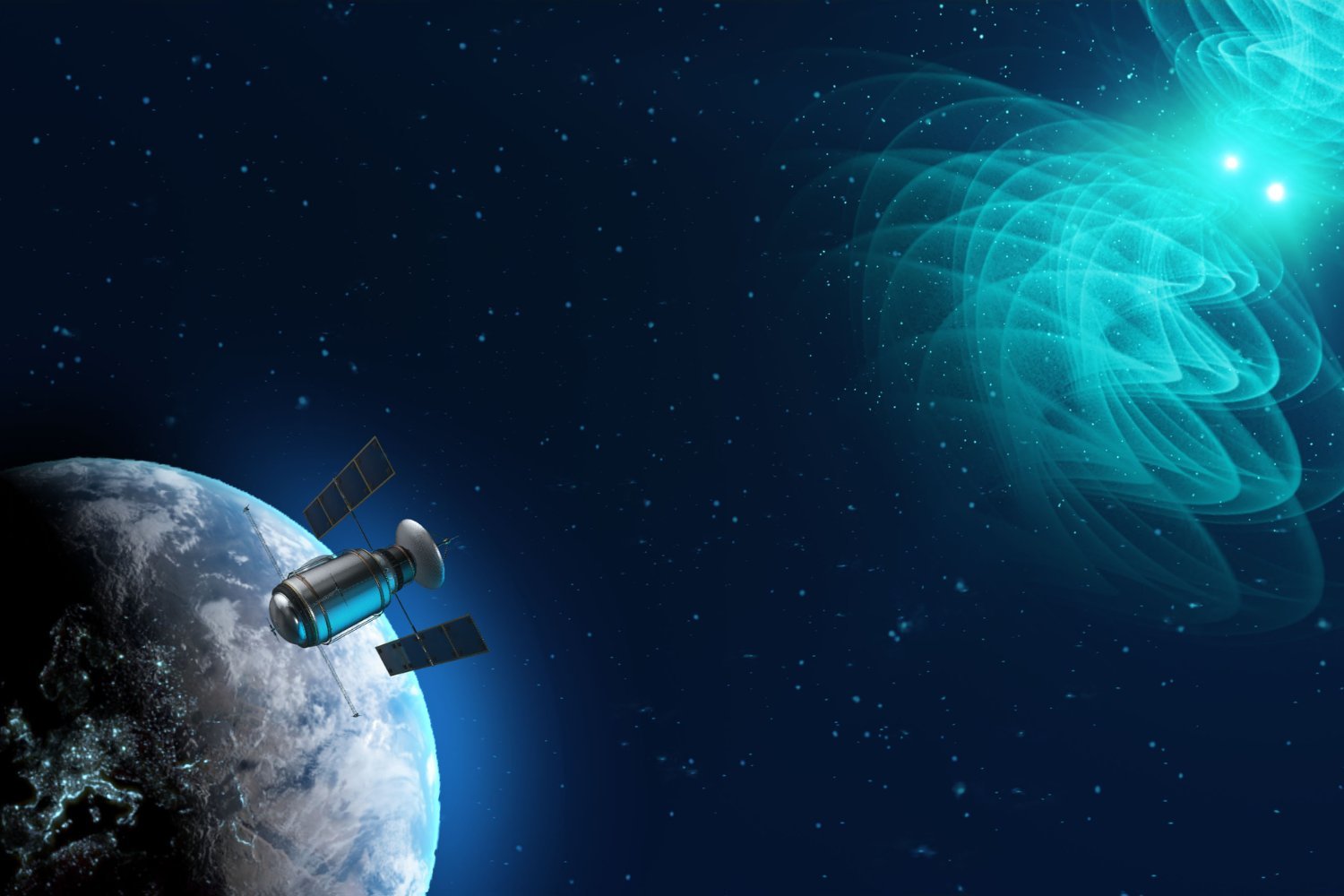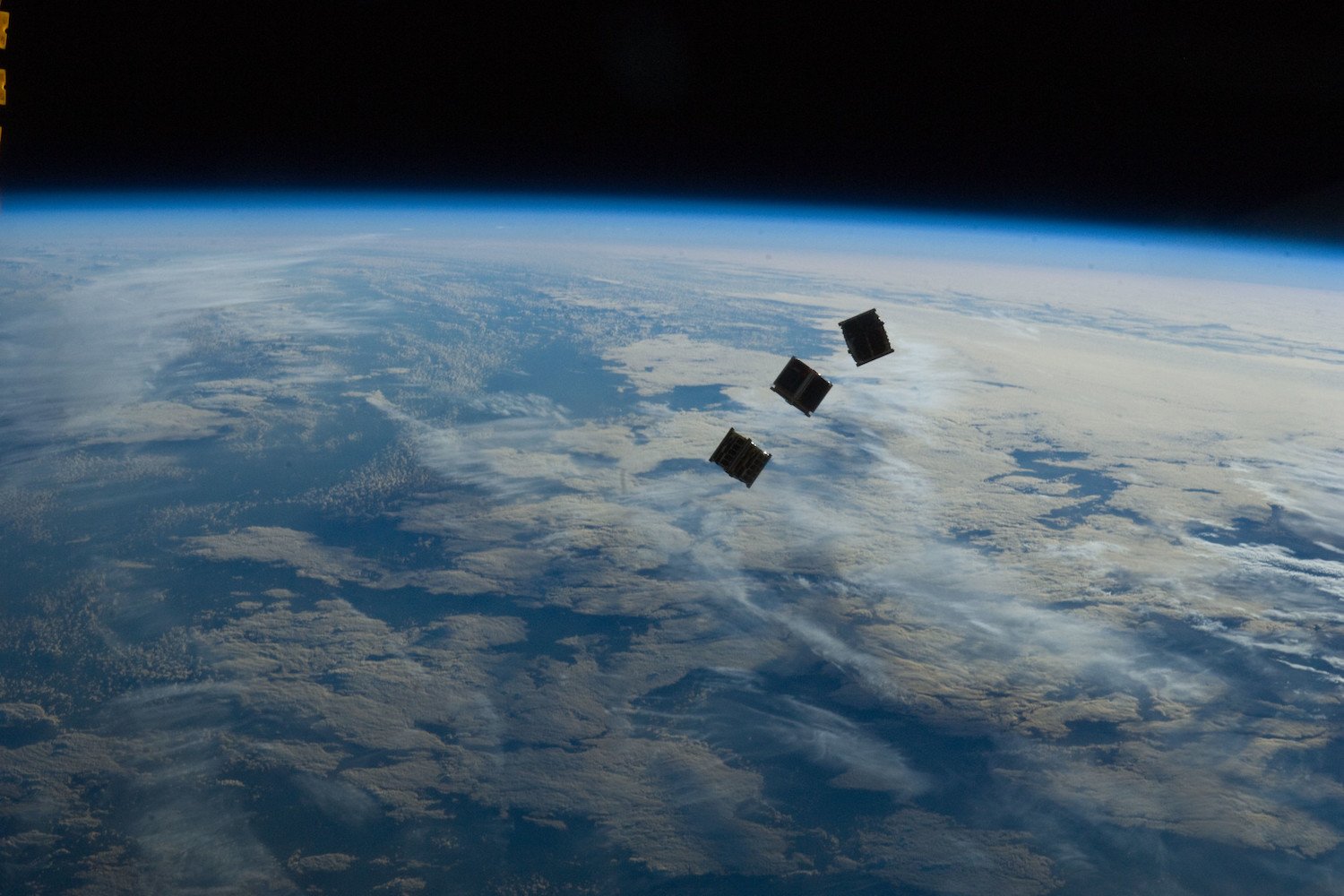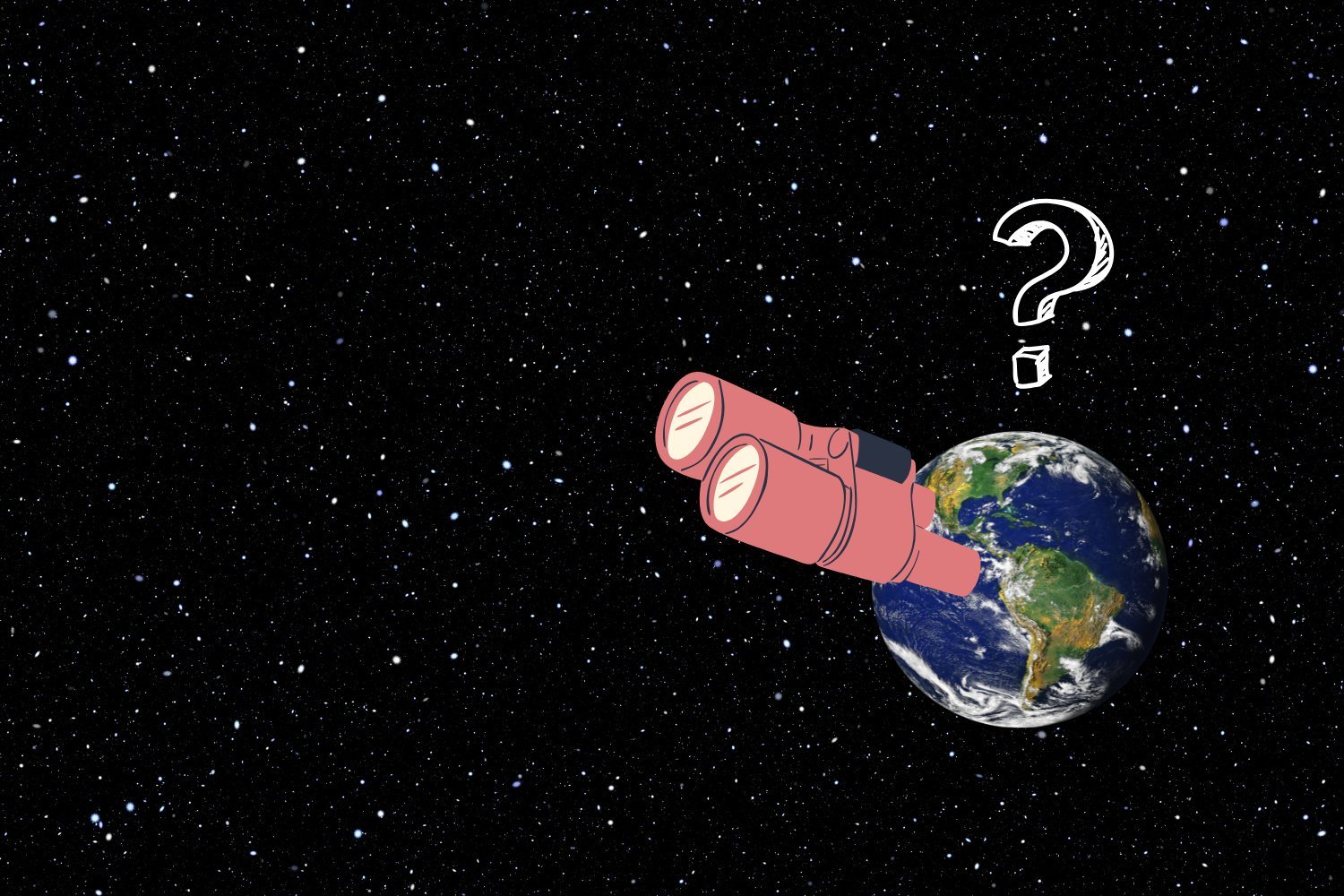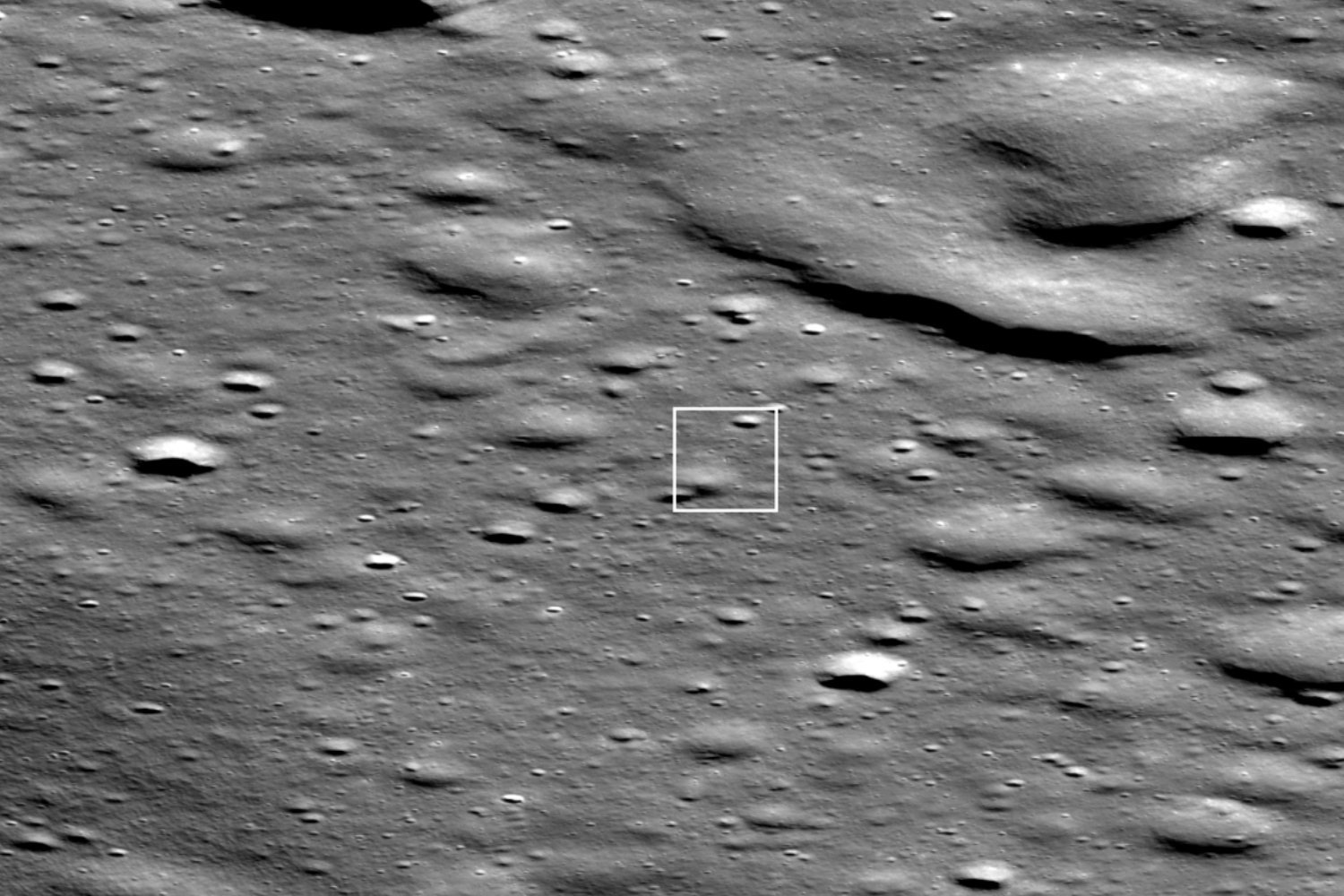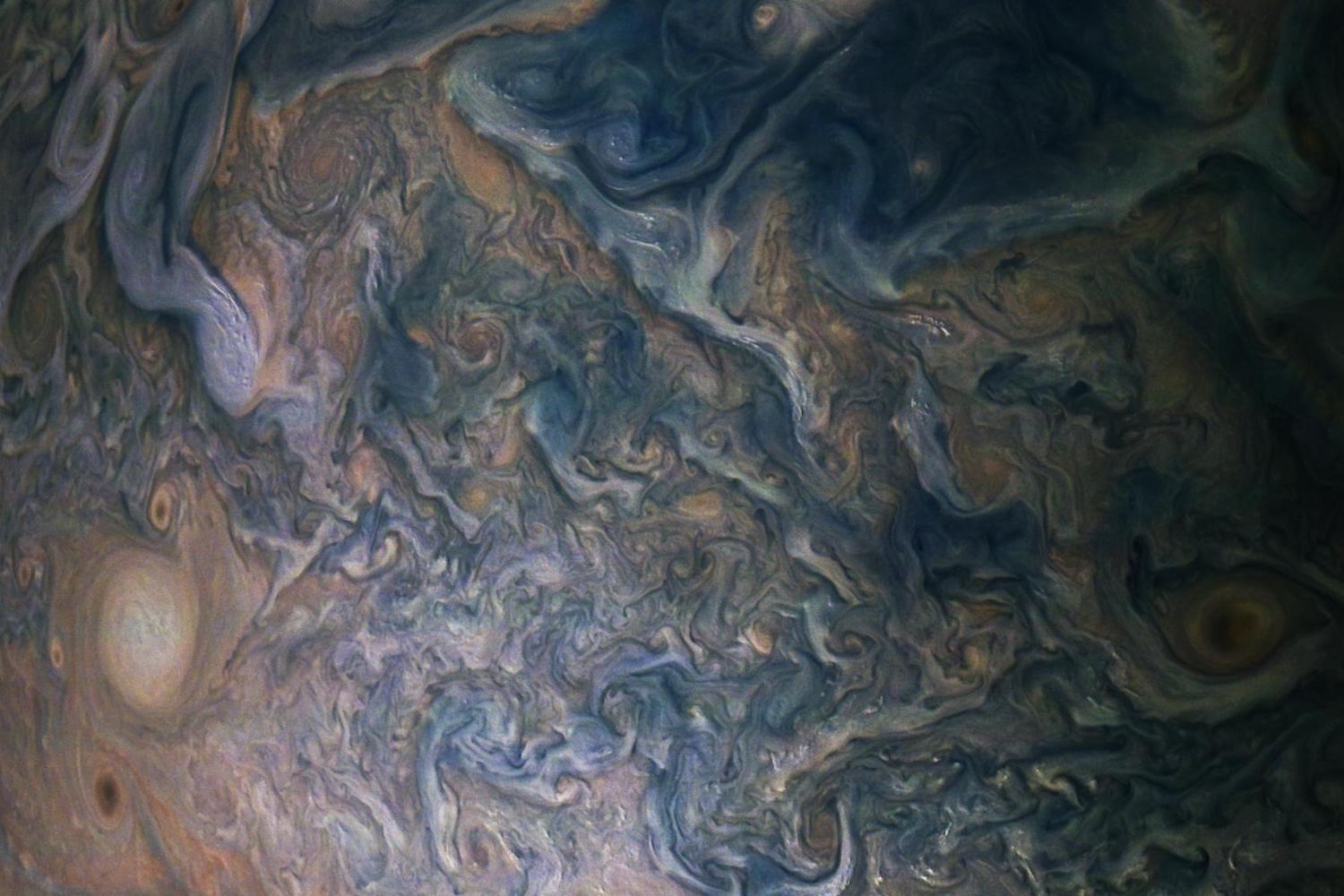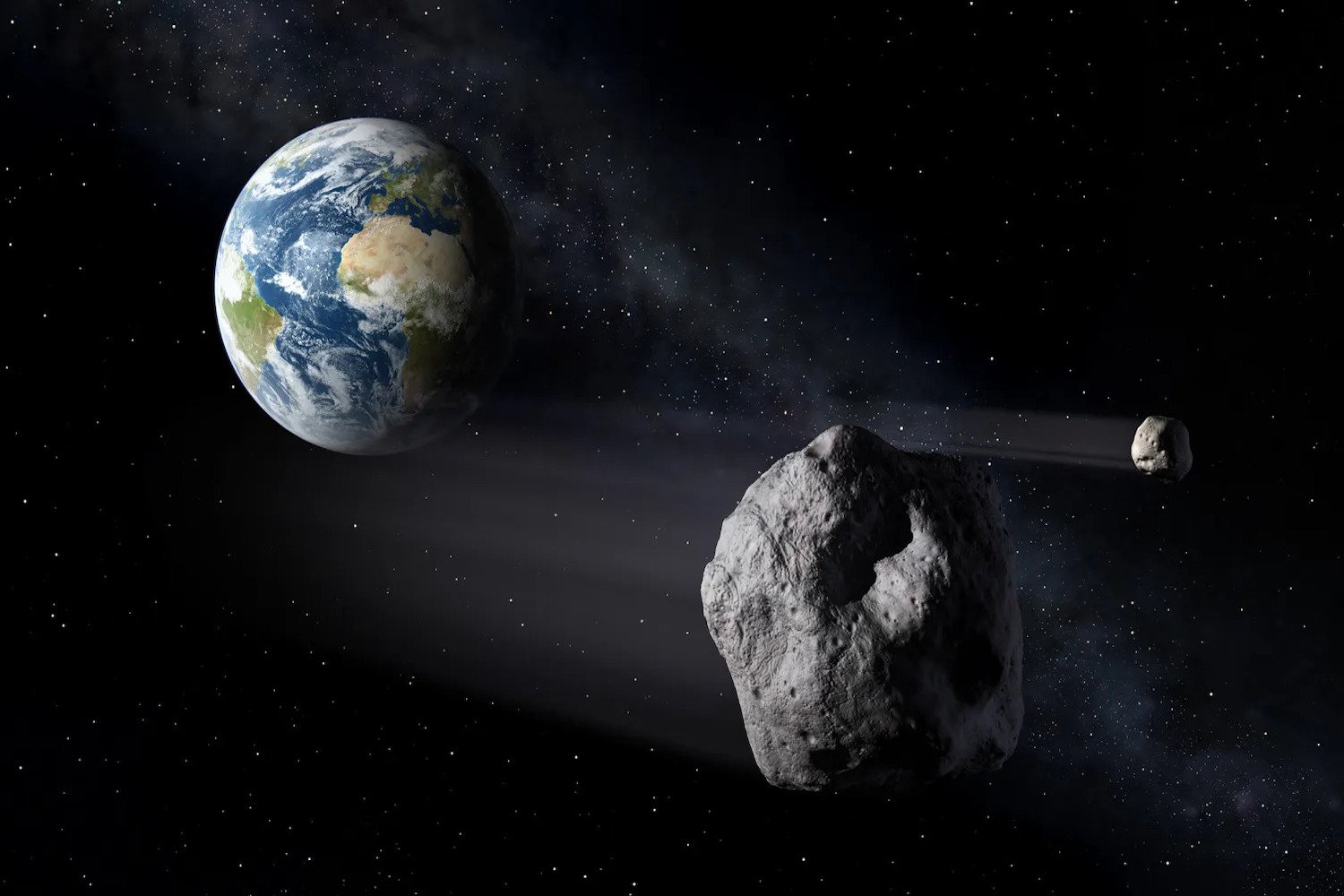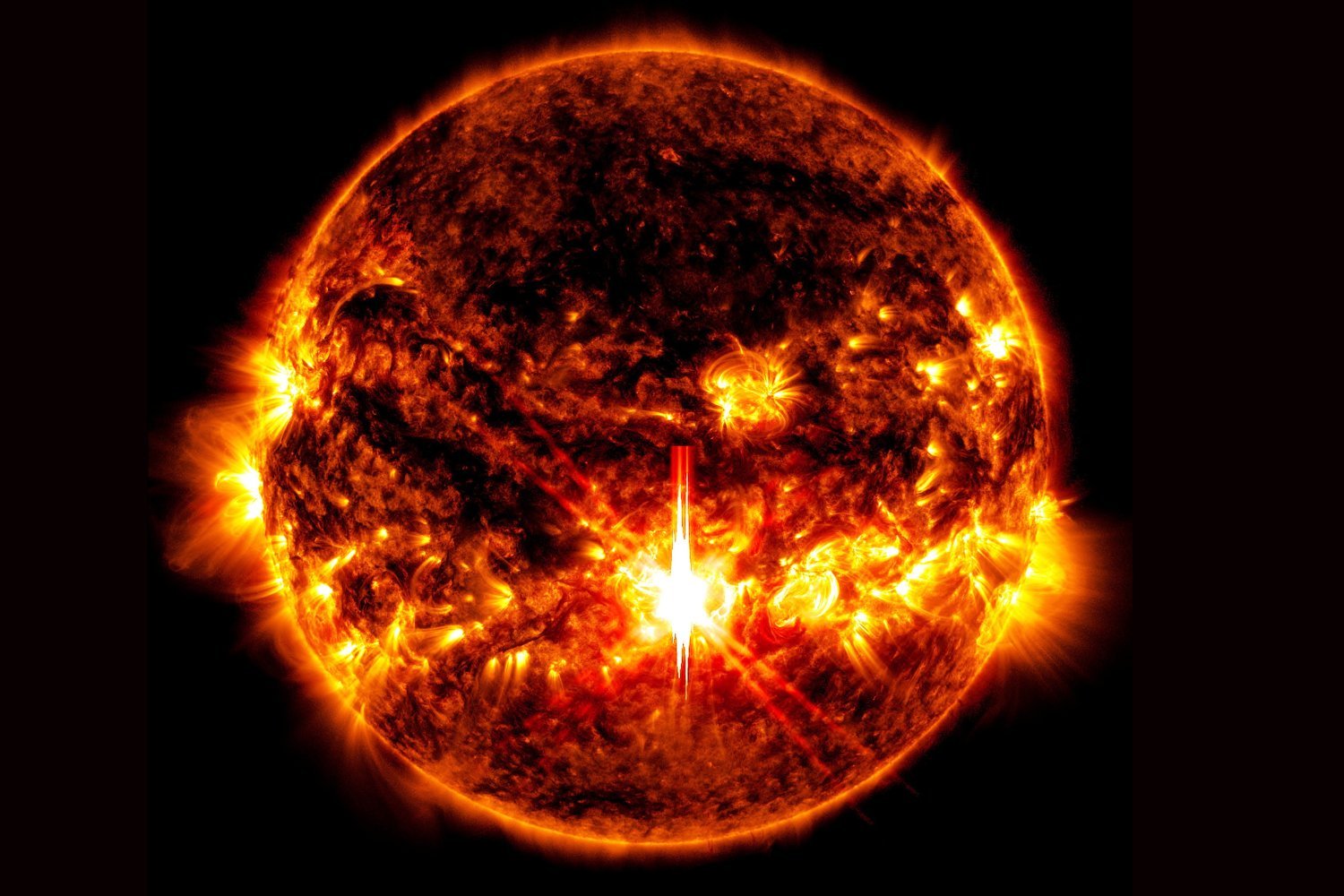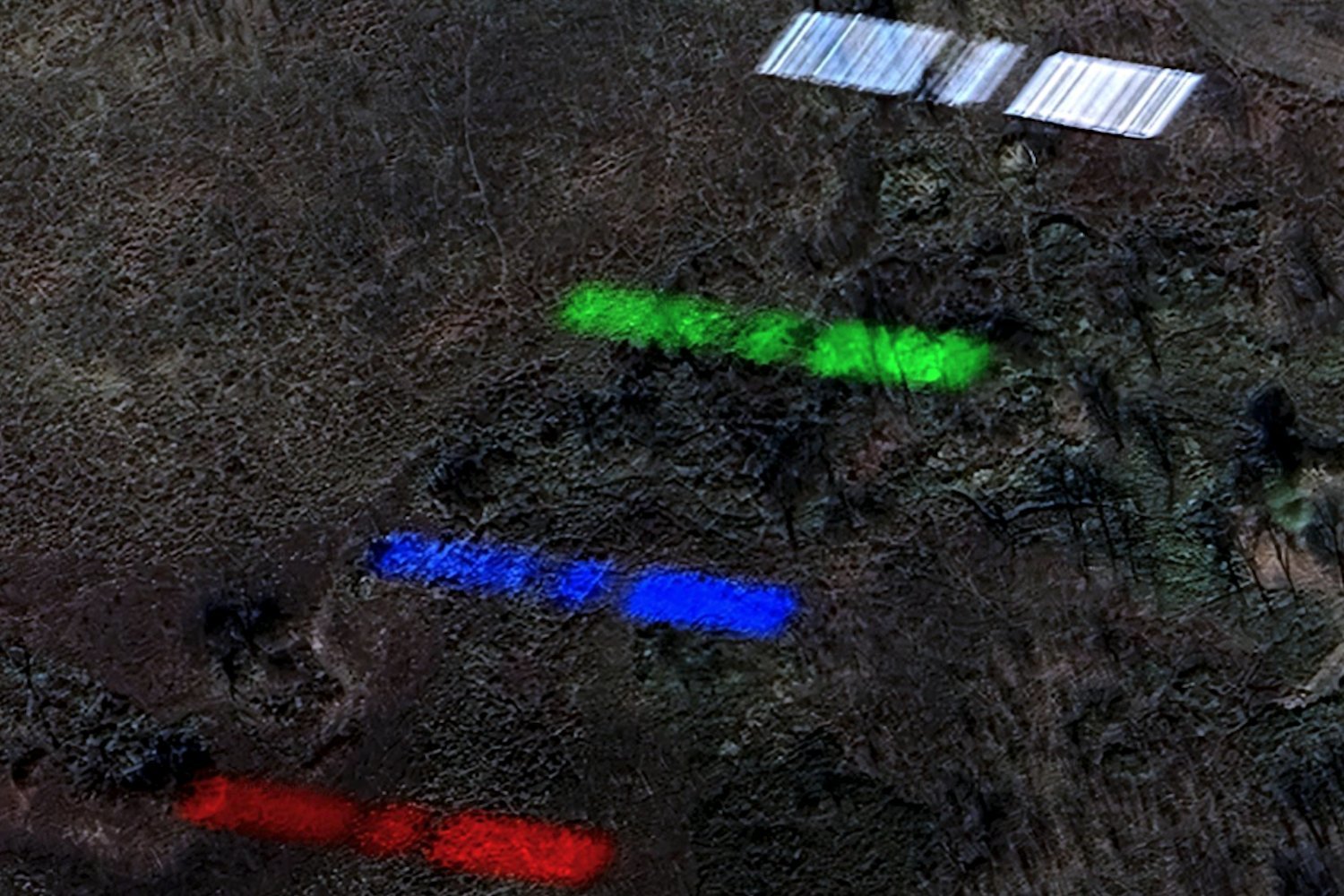Gravitational waves, ripples in spacetime predicted by Einstein, offer a unique window into the universe’s most violent events. A new algorithm promises to significantly enhance the detection and analysis of these elusive signals, particularly those from neutron star mergers. This breakthrough could usher in a new era of multi-messenger astronomy, combining gravitational wave data with observations from traditional telescopes.
The study, published in Nature, details a machine learning algorithm capable of rapidly and accurately pinpointing the source of gravitational waves emitted during neutron star mergers. This allows astronomers to quickly focus their telescopes on the event, capturing crucial electromagnetic counterparts that provide a more complete picture of the phenomenon.
Gravitational waves are generated by the interactions of incredibly dense objects like black holes and neutron stars. The first direct detection of these waves occurred in 2015 by the LIGO-Virgo Collaboration (now LIGO-Virgo-KAGRA). Studying these waves offers invaluable insights into the nature of gravity, the structure of neutron stars, the origin of heavy elements, the expansion rate of the universe, and potentially even the enigmatic nature of dark matter.
This new AI-powered approach significantly accelerates the analysis process. “Once trained, our neural network can predict the properties of a binary neutron star system, including its location, within a second,” explains Maximilian Dax, lead author of the study and a physicist at the University of Tübingen. This speed is achieved by eliminating the need for new gravitational wave simulations during the analysis phase.
The improved speed and accuracy of this algorithm, boasting a 30% improvement over previous methods, are crucial for capturing transient events. Rapid localization allows astronomers to observe the electromagnetic signals emitted during and after the merger, providing a richer understanding of these complex events. “We hope this method will lead to more and earlier observations of electromagnetic signals from neutron star mergers,” adds Dax. These “multi-messenger” observations are invaluable for diverse fields like cosmology, nuclear physics, and gravity.
While this algorithm represents a significant advancement, challenges remain. Michael Williams, a cosmologist at the University of Portsmouth, notes that machine learning algorithms are highly dependent on their training data. Fluctuations in real-world noise in gravitational wave detectors can introduce systematic errors. The true test, according to Williams, will be the algorithm’s performance during the next binary neutron star merger.
The future of gravitational wave astronomy looks bright. With next-generation detectors like LISA on the horizon and advanced telescopes like the Vera Rubin Observatory coming online, rapid and accurate analysis of transient events is paramount. This new algorithm represents a crucial step towards unlocking the full potential of multi-messenger astronomy and deepening our understanding of the universe’s most dramatic phenomena.



